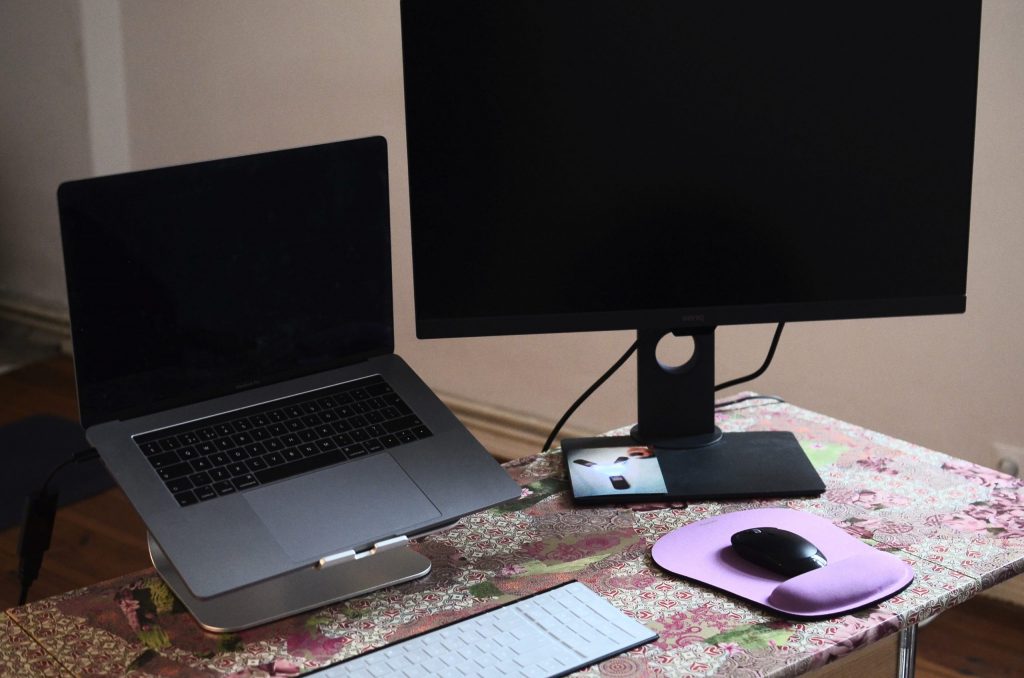If you have both a laptop and a desktop, it might have sparked curiosity on whether you can interchange the RAM from the desktop to the laptop or vice versa.
One might assume that the desktop RAM and laptop RAM deliver similar results in performance especially if they are equal. However, specs with similar names sometimes differ for laptops and desktops.
If you have extra RAM from an old desktop or laptop that you no longer use and are thinking of using it on your current computer, this article dives into details of the similarities and differences of laptop VS desktop RAM and whether it’s safe to use desktop RAM on a laptop.
Desktop RAM VS Laptop RAM- Are they the same?
Desktop RAM differs from laptop RAM in various ways. The desktop uses a dual in-line memory module (DIMM) while the laptop uses a small outline dual in-line memory (SODIMM).
While both desktop and laptop RAM perform a similar function of storing information temporarily for access, they are not the same.
Similarities Of Desktop RAM and Laptop RAM
The basic similarities of desktop and laptop RAM are in the functions. Both desktop and laptop RAM perform these functions:
- Temporary storage for data of programs that are running
- It speeds up access to files
The laptop or desktop RAM contributes to how fast your laptop performs and what you can do with it. The RAM in a desktop or laptop comes in different sizes, for instance, 1GB, 4GB, 8GB, 16GB, and 32GB.
Both desktop RAM and laptop RAM can be expanded. Although most laptops have limited laptop slots, it is possible to remove the laptop RAM and replace it with upgraded RAM.
Differences between Desktop RAM VS Laptop RAM
Size
The most notable difference between desktop and laptop RAM is the physical size. Desktop RAM is bigger than laptop RAM. Desktop RAM measures about 4.5 inches while laptop RAM measures 3 inches in length. A desktop RAM contains 240 pins while the laptop RAM has 204 features pins.
RAM Slots
Desktops are more flexible than laptops with their memory slots. Desktops feature extra memory slots, which makes RAM upgrades easier on desktops. Laptops, on the other hand, have limited slots-usually one extra slot, meaning you can only upgrade laptop RAM once.
Price
A desktop RAM costs less than laptop RAM. A 16GB RAM can cost about $100 for a desktop RAM, while a similar capacity laptop RAM can cost up to $150 or more. Prices for 1GB, 4GB, and 8GB RAM are cheaper due to the small size memory.
Is Desktop RAM Faster Than Laptop RAM?
If your desktop and laptop have the same amount of RAM, the desktop will process data faster than the laptop. Desktop RAM is faster than RAM due to the following reasons:
- Desktop CPU supports higher RAM frequency
- Heat circulation is better on a desktop than on a laptop
- Desktop CPU is more powerful than laptop CPU and has a higher GHz
How Much RAM Is Enough For a Gaming Laptop?
A gaming laptop with 16GB RAM can handle games without any lagging. 16GB is a sweet spot for gamers and is reliable. 8GB RAM can handle gaming but may not be enough for your gaming needs if you are a heavy gamer.

32GB RAM Uses
32GB RAM features in powerful and high-end laptops, and is sometimes referred to as overkill. While most laptops might not require 32GB RAM, it is great for demanding tasks such as programming, 3D modeling, data science, and military tasks.
32GB RAM is also the RAM that future-proofs your laptop. It ensures that the laptop does not experience lagging in the future in case you decide to install new games or software.
Can Desktop RAM Be Used On the Laptop?
Desktop RAM cannot be used on the laptop. The two RAMs are different in physical making. The chip count in the desktop and laptop RAM differ in numbers. Also, the desktop RAM is bigger in inches than the laptop RAM.
Is Laptop RAM Upgradable?
A Laptop RAM upgrade is possible. You can upgrade your laptop RAM as a DIY project. Making a laptop RAM upgrade, however, depends on whether the RAM is mounted to the motherboard. Most laptops do not have extra memory slots, and usually require you to remove the current memory modules and replace them with the upgrade. If your laptop has sealed access to the memory modules, then making a RAM upgrade is not possible.
Conclusion
Although desktop and laptop RAM perform similar functions, they differ in a few ways. Desktop and laptop RAM are different in size, with desktop RAM being larger. This is why one cannot use desktop RAM on a laptop.
Desktop RAM exceeds laptop RAM in speed and comes at a cheaper price. RAM upgrades are possible for both desktops and laptops. However, laptop RAM upgrade depends on the making of the laptop.

